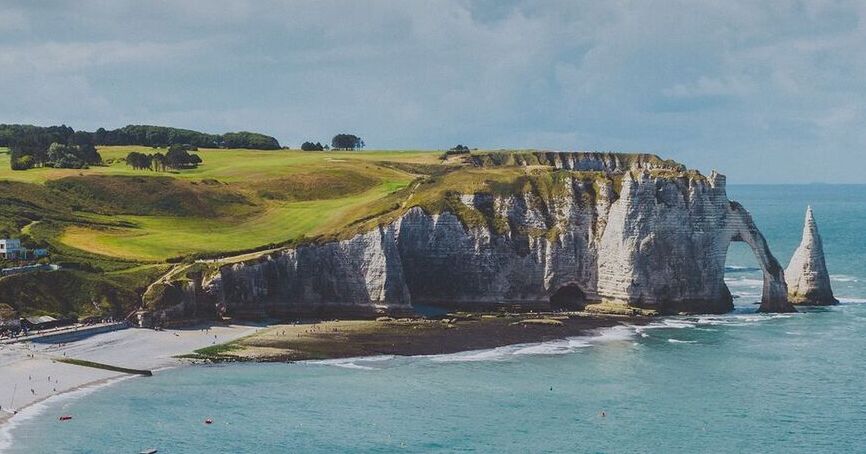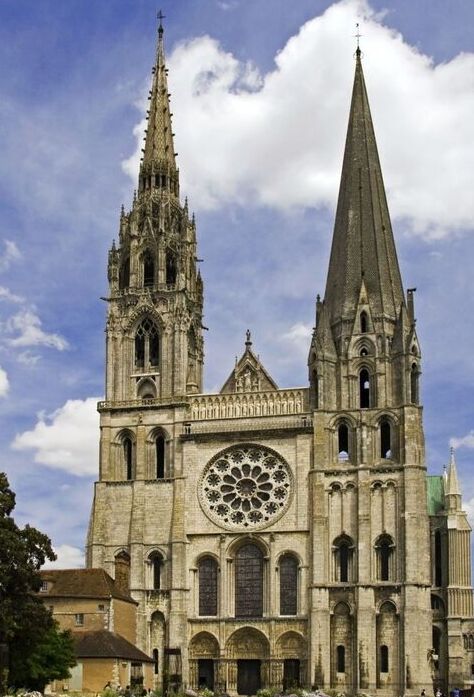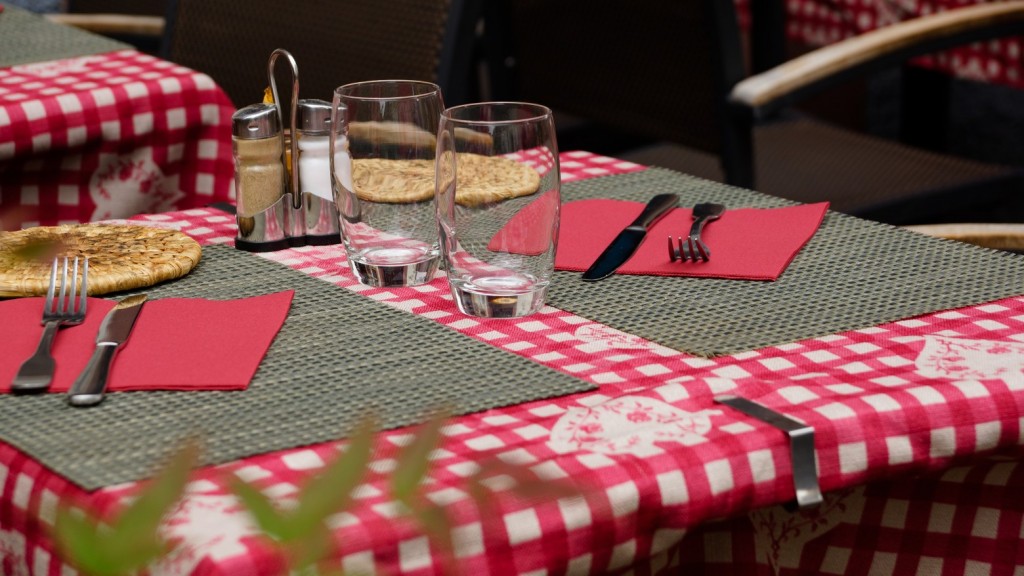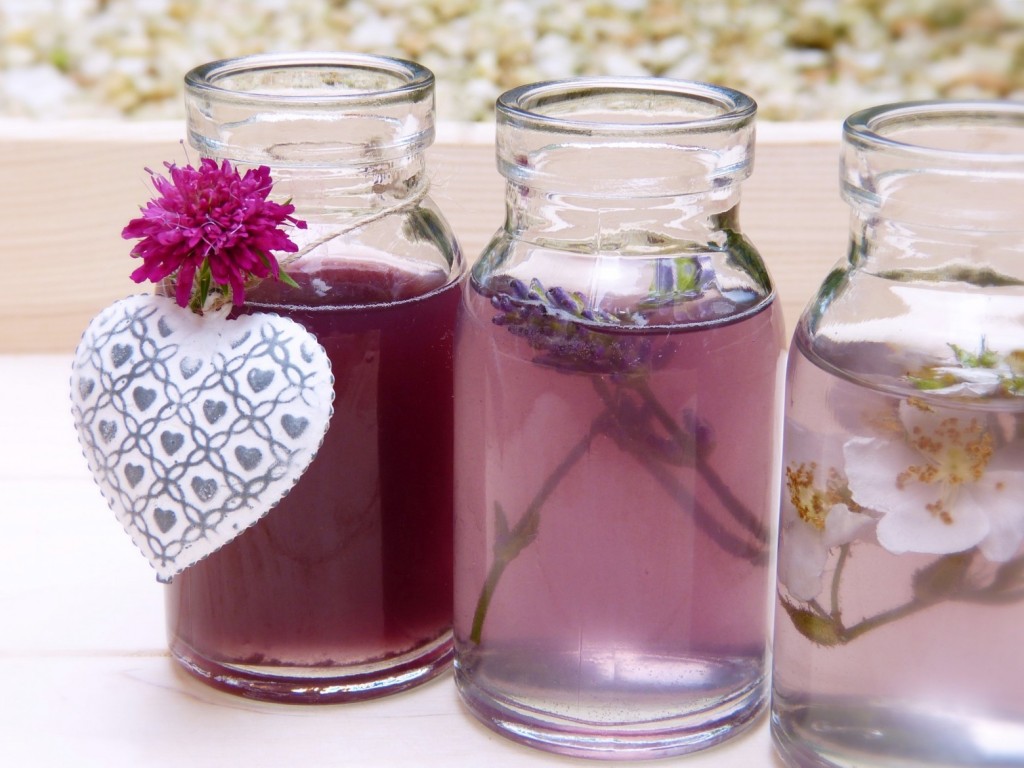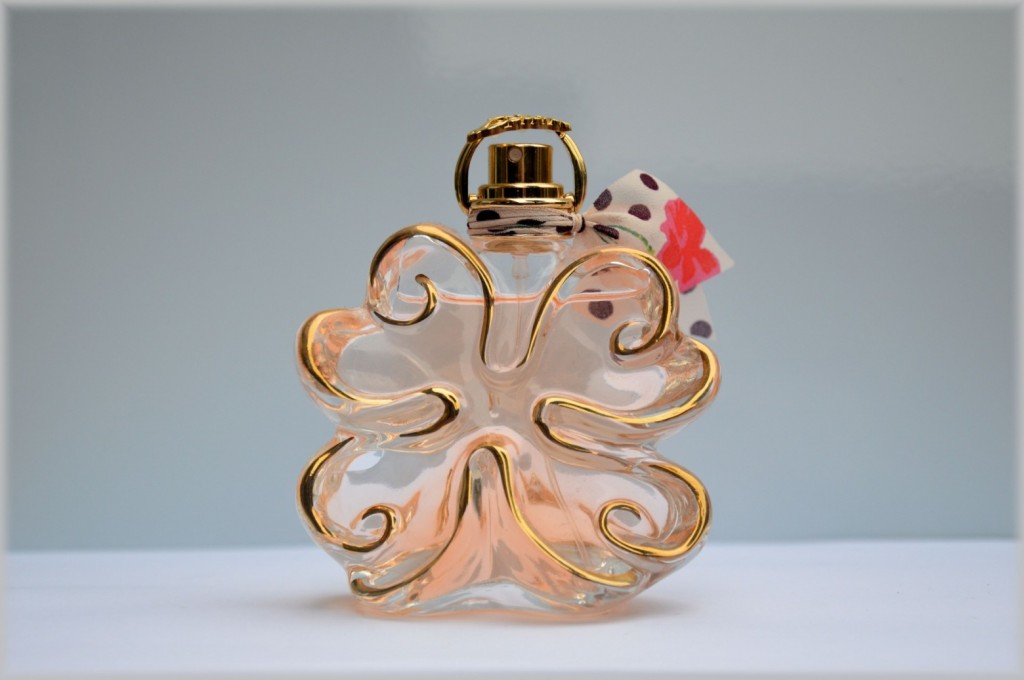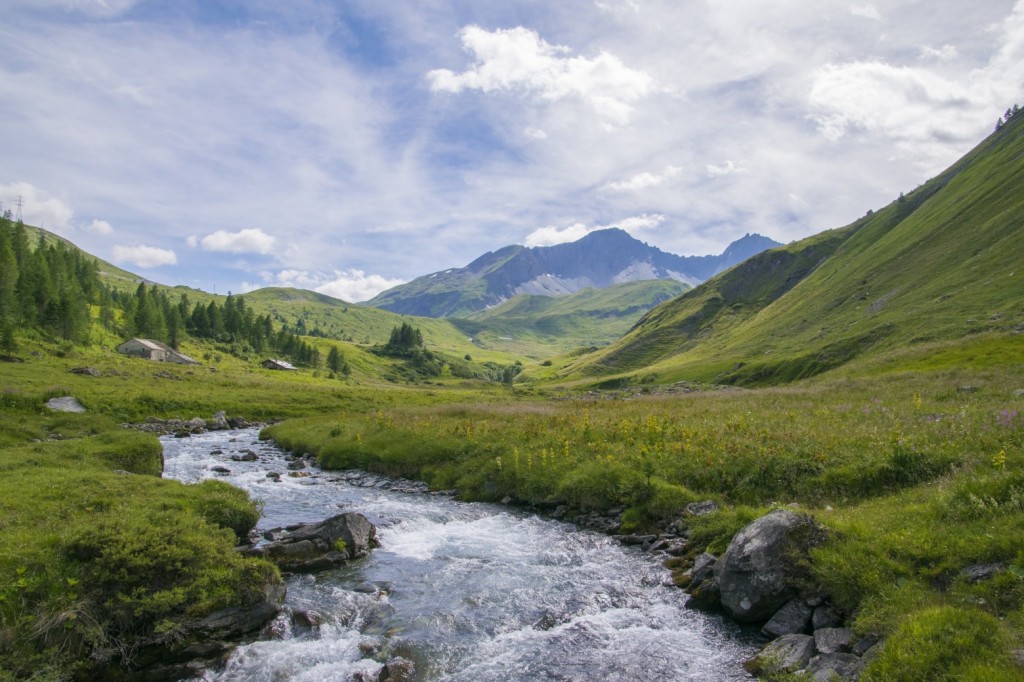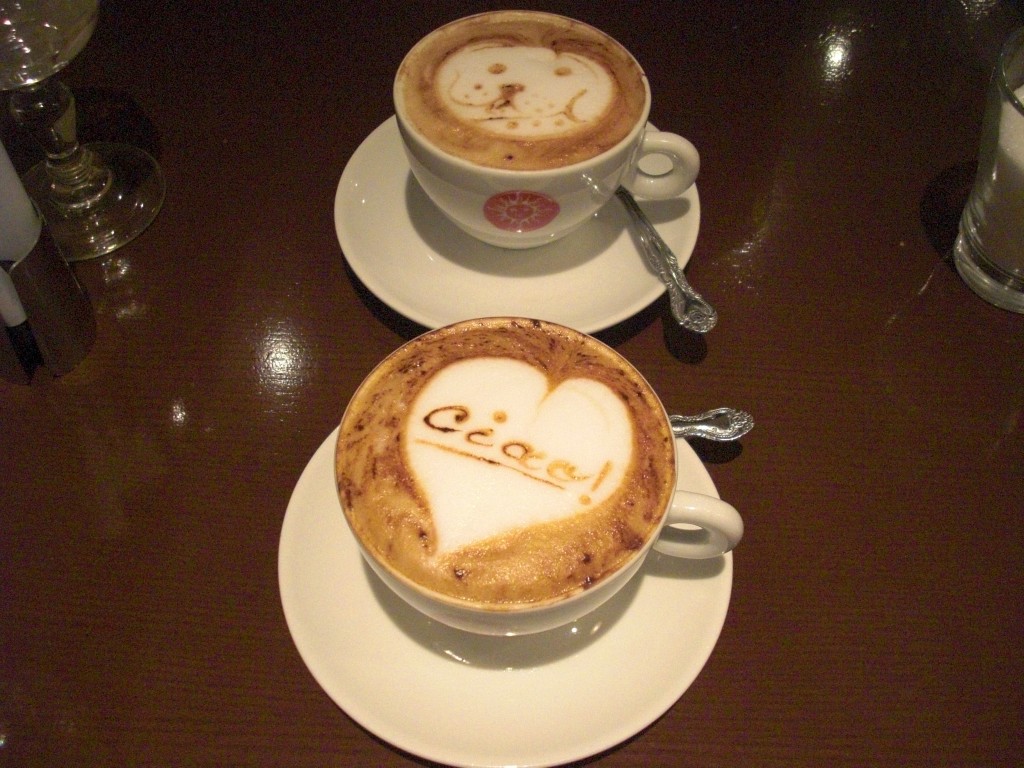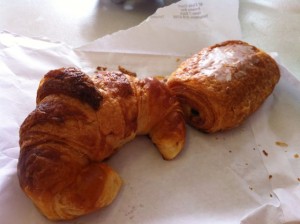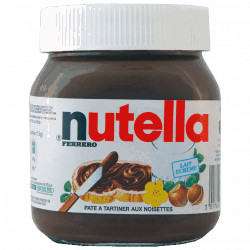Ingrédients
130g de farine
40g de sucre
60g de beurre à température ambiante
1 jaune d’oeuf
1 cuillère à soupe d’eau
English Version 
Préparation
Dans un robot pâtissier (ou à la fourchette si vous n’avez pas de mixeur), mélanger le beurre à température ambiante avec le sucre. Dès que le beurre et le sucre sont incorporés, arrêter de mélanger. Il ne faut pas trop mélanger.
Ajouter le jaune d’oeuf, mélanger encore un peu pour qu’il soit incorporé. Ajouter la farine, un peu d’eau si besoin (attention, pas forcément). Mélangez jusqu’à ce que la pâte s’agglomère et arrêtez le robot. Ne mélangez pas trop longtemps, sinon votre pâte deviendra élastique.
Sortez la pâte du bol du robot, enveloppez-la dans un film plastique et placez-la au réfrigérateur au moins 1 heure. Vous pouvez la laisser au réfrigérateur pendant 2 jours dans son film plastique. Si vous voulez la conserver plus longtemps, vous pouvez la congeler.

Pourquoi utilise-t-on du beurre à température ambiante ?
C’est juste pour avoir pitié de nos muscles ! À l’époque de nos grands-mères, quand il n’y avait pas de robot électrique pour faire le travail, il fallait mélanger le beurre et le sucre à la main. Et ça, c’était du travail ! Une autre raison pour utiliser du beurre à température ambiante dans la pâte sablée : c’est pour éviter d’avoir à pétrir trop longtemps. Si vous pétrissez votre pâte trop longtemps, elle va devenir molle et élastique et va perdre de son aspect sablé. C’est pour cela qu’on utilise du beurre mou, et c’est pour cela aussi qu’on travaille la pâte jusqu’à ce que les ingrédients s’agglomèrent et pas plus. Rien à voir avec monter de la crème Chantilly !!
Pourquoi on n’utilise pas de beurre fondu pour faire la pâte sablée ?
Et oui ! Excellente question. Le beurre fondu serait quand même bien plus simple à utiliser, surtout si on n’a pas de mixeur électrique ! En fait, c’est tout simplement une question de consistance de pâte. Une pâte faite avec du beurre fondu va être plus liquide et le sucre va se dissoudre dedans, on ne sentira pas le petit côté « sablé », granuleux de la pâte. Alors qu’une pâte réalisée avec du beurre (non fondu), laissera les petits cristaux de sucre entiers et à ce moment, on aura cette texture sablée.
Comment faire cuire une pâte sablée ?
Puisque vous avez pris la peine de faire une bonne pâte sablée, il faut maintenant la faire cuire correctement afin de conserver tout son croquant/doux. La meilleure façon est de la faire cuire « à blanc », c’est-à-dire sans garniture.
Pour faire cuire une pâte à blanc (blind-bake), vous commencez par l’étaler et la mettre dans votre plat à tarte et vous mettez dessus des légumes secs (lentilles, pois cassés, pois chiches crus). Le but est d’avoir un poids sur la pâte pour l’empêcher de gonfler et de se déformer. Avec un peu de poids, votre pâte restera bien plate pendant la cuisson.
Enfourner (faire cuire au four) à 180°C.

Pendant combien de temps faire cuire une pâte sablée à blanc ?
Et bien en fait, tout dépend de votre garniture. Si votre garniture doit aussi cuire (une crème avec des œufs, des pommes, des poires…), vous ferez cuire votre pâte sablée partiellement. C’est ce que l’on appelle « pré-cuire » la pâte. Vous la ferez cuire une quinzaine de minutes, comme cela elle aura eu le temps de sécher un peu et absorbera moins l’humidité de la garniture. Mais quand elle aura fini de cuire avec la garniture, elle restera quand même souple car pas trop cuite.
Si vous avez une garniture qui ne demande pas de cuisson (crème chantilly, des fraises…), alors vous allez faire complètement cuire votre pâte sablée, pendant 20mn.
Pour savoir si votre pâte sablée est cuite, regardez les bords sur le côté de votre moule à tarte, ils doivent légèrement brunir (très légèrement attention).
Pourquoi faire cuire la pâte sablée à blanc ?
C’est tout simplement pour que la garniture (qui va être assez humide, voire liquide) n’imbibe pas la pâte et ne lui fasse pas perdre sa bonne texture sablée (comme pour le beurre qu’il ne faut pas utilisé fondu).
Four traditionnel ou four micro-ondes pour une pâte sablée ?
Alors, qu’il s’agisse d’une pâte sablée, d’une pâte brisée, d’une pâte à tarte ou d’une pâte à pizza, le four à micro-ondes est tout simplement CRIMINEL ! Si vous devez réchauffer une part de tarte, réchauffez-la au four traditionnel sinon votre pâte deviendra toute molle et aura complètement perdu sa belle texture sablée. Quel dommage !
En résumé donc : un peu de patience. La cuisine française est assez simple, c’est surtout une histoire de patience… et d’amour.

Comment décongeler une pâte sablée ?
Vous avez été très productif et avez de la pâte sablée congelée, bravo !
Maintenant, voici quelques indications pour décongeler correctement votre pâte sablée, en conservant toute sa jolie texture. Le principe est simple : un peu de temps et de patience. Surtout, encore une fois, pas de micro-ondes, pas de chaleur qui ferait fondre le beurre et modifierait la consistance de votre pâte.
La veille (24 heures avant), sortez votre pâte sablée du congélateur et mettez-la au réfrigérateur. Elle va se décongeler tranquillement, lentement, sans avoir de choc thermique. Et le lendemain, elle sera prête à être étalée et utilisée !
Soyez informé des nouveaux articles et de la vie du blog Mondizen. Souscrivez à notre Newsletter.


